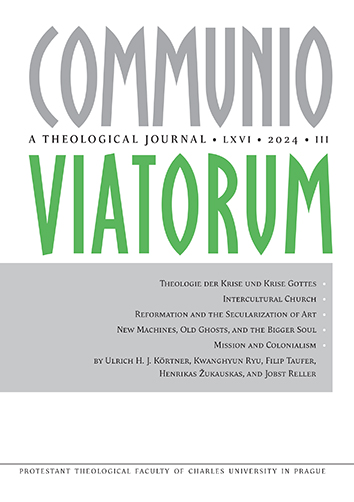Reformation and the Secularization of Art
Reformation and the Secularization of Art
Author(s): Filip TauferSubject(s): Christian Theology and Religion, Cultural history, History of Church(es), Aesthetics, Theology and Religion, Sociology of Art, History of Art
Published by: Univerzita Karlova v Praze, Nakladatelství Karolinum
Keywords: Reformation; art; image; everyday life; the ordinary
Summary/Abstract: The article examines the Reformation as one of the sources of the secularization of art and simultaneously an impulse for new unintended developments with spiritual potential. It argues that the reformers’ attitudes towards art helped facilitate the emergence and development of new secular subjects and renewed attention to ordinary life and its artistic reflection. In this way, it fostered a new kind of aesthetics, which some consider to be distinctly Protestant. At the center of this aesthetic is the reversal of hierarchies, affirming elements of life usually considered low and unworthy of aesthetic attention. Some view this kind of “iconoclasm” as not only Protestant but essentially Christian, as it reflects crucial Christian doctrines, namely the incarnation, where one image of God was destroyed in His becoming human. This newly emerged aesthetic is seen as both a product and a part of the transition from religious images to art in its own right, raising new questions about whether art on its own can be a source of spiritual impulses and thus opening the way towards the sacralization of art.
Journal: Communio viatorum
- Issue Year: 66/2024
- Issue No: 3
- Page Range: 245-264
- Page Count: 20
- Language: English

